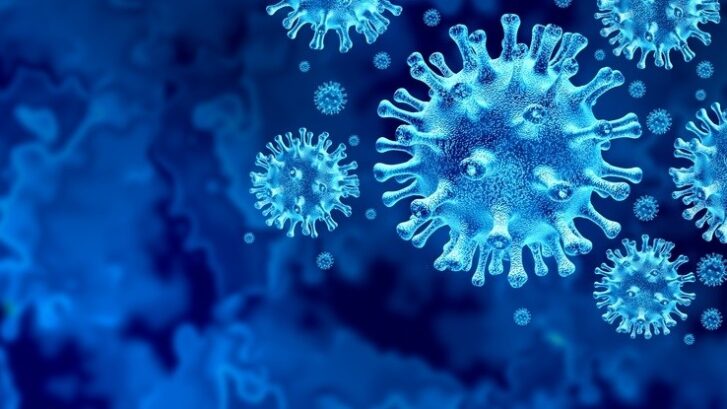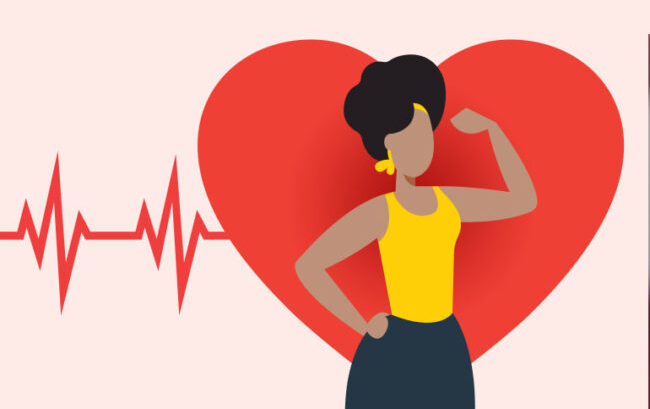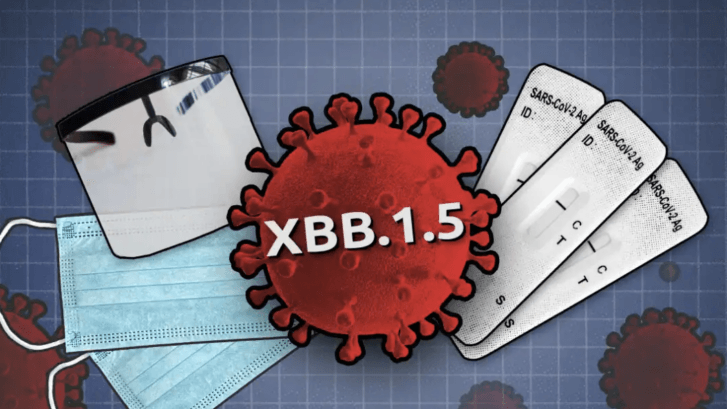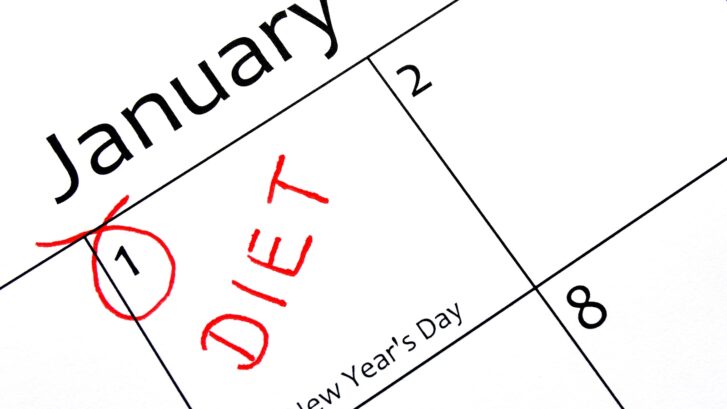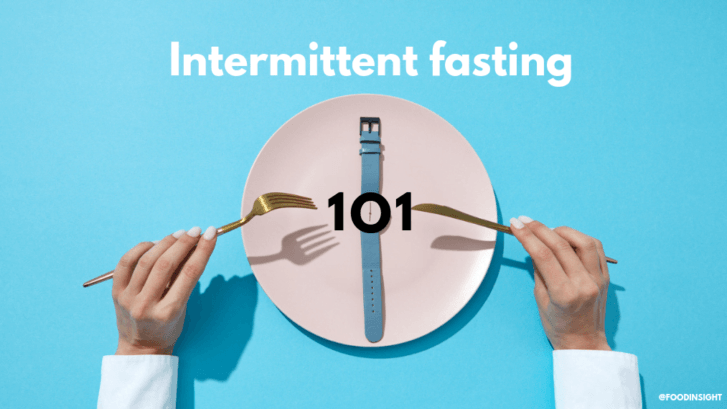Common COVID-19 Misconceptions Linger Three Years Later
It’s been three years since the first cases of COVID-19 were diagnosed in the U.S., but our concierge primary care doctors in Jupiter are still hearing comments from friends, acquaintances, and even some of our patients that are just plain incorrect.
For instance, we were talking to someone the other day whose wife was very sick with COVID-like symptoms: body aches, severe cough, fever, chills, and so on. When we asked if she’d been tested for COVID-19, he replied, “No, she’s already had it.”
We happen to know that her previous infection was a year ago when the delta variant was the predominant strain. Today, it’s the XBB.1.5 subvariant of the omicron variant. And as with the flu, which is also a virus, it is possible to get COVID-19 more than once, even if you’ve been vaccinated (which she hasn’t).
The problem with his not knowing this is that she could have received the antiviral pill Paxlovid or similar medication early on to lessen her symptoms, instead of spending over two miserable weeks in bed. By the time we talked, it was too late—you must receive the treatment within the first five days.
Understandable Confusion
Of course, much misinformation spreads wildly on social media. And it’s not just misinformation, but dangerous, outright fabrications. For example, Dr. Anish Agarwal, an emergency physician in Philadelphia, recently told the New York Times he’s still seeing patients who believe what he called “crazy” claims that the COVID vaccines “will insert robots into their arms.”
“We battle that every single day,” he told the paper.
We believe our patients are savvy enough to discount such craziness and hope they will check with us if they read something like this that concerns them.
But many of the misconceptions we hear arise because people are busy and don’t have time to keep track of all the news about the coronavirus, or they make assumptions based on misunderstandings like our acquaintances did.
So here’s a capsule summary of the facts we know about COVID-19 and the vaccines. Again, we hope you’ll contact us with any questions.
COVID-19 Facts
Yes, COVID-19 is still a threat, in some regions of the country more than others, especially the Northeast and Midwest. Hospitalizations, including here in Florida, have declined in recent weeks. But according to an NBC News tracker, the U.S. is still averaging 524 deaths from COVID-19 every day, including 63 Floridians.
And of course, hundreds of thousands of Americans are still dealing with the devastating effects of long COVID, and while we’re learning more all the time, we still don’t have a cure or effective treatments.
Despite a recent study that seemed to question the effectiveness of wearing face masks in public places, numerous studies have found they do work, not only to help prevent the spread of COVID-19 but also to protect the wearer.
The most recent study, conducted by the California Department of Public Health and published in the CDC’s journal Morbidity and Mortality Weekly Report, showed that those who reported wearing masks were about half as likely to become infected than those who didn’t. The analysis found the odds were even lower for those who reported masking “all of the time” vs. “some” or “most of the time.”
Other studies conducted over the course of the pandemic showed infection reductions from wearing well-fitting masks as high as 70-80 percent.
Vaccine Facts
COVID-19 vaccines are safe and effective. Adverse events connected with the vaccines are infrequent:
- Myocarditis (inflammation of the heart muscle) associated with the mRNA vaccines occurred in 1,626 people out of 192,405,448 participants in one study.
- Thrombosis (blood clots) associated with the Johnson & Johnson vaccine occurred in four out of one million people who received the vaccine.
- And cases of both myocarditis and thrombosis were higher in those who contracted COVID-19 and hadn’t been vaccinated.
Vaccines often don’t prevent minor or even severe symptoms, but they do reduce the chance of serious disease and death. A research report by the Commonwealth Fund estimated that vaccines prevented 3.2 million deaths and 18.5 million hospitalizations in the U.S. between December 2020 and November 2022.
A primary series (two doses of the mRNA vaccine) plus a booster dose is more effective than a primary series alone; a second booster dose increases protection even better, and so on, because vaccine protection against serious illness begins to wane within four to five months after inoculation.
Pfizer-BioNTech’s newer bivalent vaccine is more effective against both the original strain and the newer omicron and XBB variants than the original vaccine, according to a November 2022 study.
One 2022 study also found that vaccination reduces the risk of developing long COVID.
Vaccines also help to prevent transmission of the virus, as a November 2022 study found. In January, Forbes reported that those who had received the vaccine were 24 percent less likely to infect close contacts than those who were unvaccinated; those who had been previously infected were 32 percent less like to spread the virus; and those who had been vaccinated and previously infected were 41 percent less likely to transmit the virus.
Keep in mind that even after three years of experience with the novel coronavirus, there’s still much we don’t know. But what we do know is based on solid, extensive, worldwide research, not on wild supposition or hearsay passed along on the Internet.

